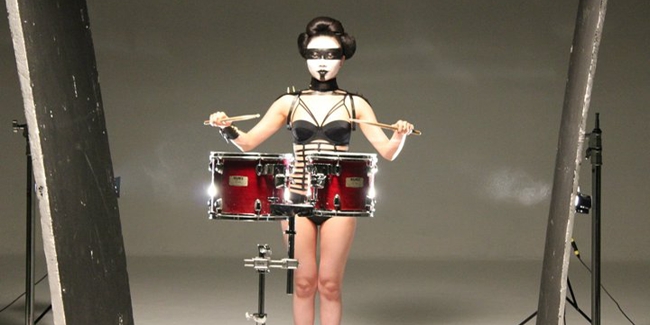A treatment in essence is a pitch to a company or artist(s) used to win their favour and green light your production. Your treatment may be one of a number of treatments submitted; in this case it’s more of a competition to hit the right chord with the client in the hopes that you are on the same wavelength. You may be the only individual/company submitting a treatment (“submitting” is such a clinical word) so the purpose is to either seal the deal or provide them with two or three options to choose from.
So what is a treatment? A creative document that clearly communicates your ideas and concept.
Why bother making treatments at all?
There are so many ideas and so many methods of communicating those ideas. At the same time there are so many different types of people who understand things differently so the only logical option is to have a universal approach of sharing ideas (although the term “universal” is ironically used quite loosely).
Put yourself in the shoes of a client; people are telling you their ideas but you’re not quite seeing it. To them it makes sense but you’re unable to get an idea of the pace, build up, simplicity or grandeur.
You need something solid that has as much relevant information as possible (without overdoing it) and if more than one person is pitching to you you’ll need the approaches to be similar.
For bigger pitches for an ad campaign, TV series or a movie a treatment can give a taste of what you intend to create. It’s hard to get people to read a 120 page script but a treatment can act as a bite size induction that contains all of the most important information.
In the end it’s simple; treatments are made to sell the idea.
Options Vs Competition
So “options” are when your company or you as an individual are the only ones sending a treatment and “competition” is when yours is one of a number of treatments submitted (still sounds clinical). It’s important to know that the approaches to both circumstances can be quite different.
“Options” means you get to offer the client apples, pears and oranges. You give the client a variety to choose from. To best utilise this opportunity it’s a clever idea to provide a simple idea, technical, and one somewhere in between or a concept close to what they’re after and one/two that are completely different. You may even find it more productive to have a different person make each treatment for creative diversity; it’s really up to you.
“Competition” is when you really have to stand out. Each company and individual has its own USP and you need to make sure you show yours too. In some cases you may be making a “blind pitch” which is when you’ve never met the client, you will have to hope that you are able to interpret the brief well enough to capture what they have in mind. If you are lucky enough to have met your potential client then that should be the primary opportunity to create a rapport with them, because it’s not just your ideas they are buying into it’s you. Also the meet is a fantastic opportunity to get inside their head. What do they like? What do they not like? What are their influences?
In either of these scenarios it is not the best treatment that wins but the best ideas.
The making of
Everyone approaches a treatment differently; the most important part of it is the information. There are three key breakdowns: video references, textual breakdowns and mood boards.
Video references provides a taste of what the end product will look like. It can show visual influences and inspirations. What’s important is that you specify exactly what to look out for; it could be the lighting, the pace of editing, styling of the performer, performance style the list goes on. Sometimes it is a second out of a three minute video that makes the difference so it is important that the client is aware of that specific moment. To put it simply that plus this plus that equals your video.
A textual breakdown is a run through of what happens in the video, these are most commonly used when images just aren’t enough. It can come in the form of a three act breakdown (usually story based) or a step by step description. Really it’s up to you how you approach it. One thing I would say makes a difference is that your style and tone of writing should match that of the video, it really makes a difference and helps create an atmosphere.
Mood boards are loads of fun; they can be seen as a work of art in themselves. They are a collection of images that depict relevant shots, colour schemes, costumes, locations, environments and anything else relevant to set the mood. Now what makes a great mood board stand out is its layout. Throwing images onto a sheet of paper “willy nilly” will not make your mood board look professional or stand out, but a carefully thought out mood board will allow the client to feel where you want the video to go creatively.
A4 sheet of paper on word, powerpoint project or photoshop document. To be honest it doesn’t matter how you make a treatment, it’s the ideas and how they are presented to ensure that what is in your head lands clearly in the head of your client is what matters most.
Tai Campbell, Creative Director, Epik Music Videos
08/03/2013
Watch the Fashion Video


